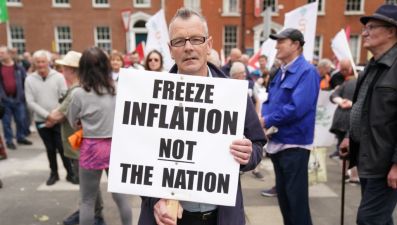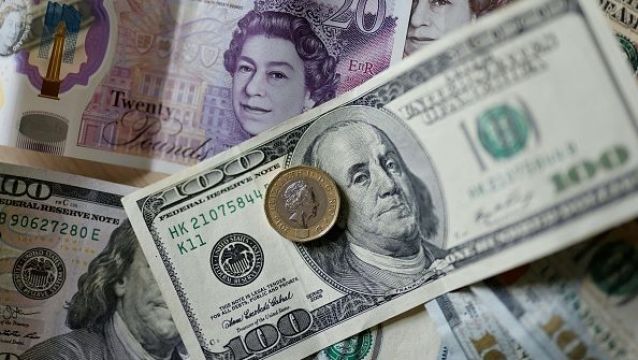Sterling slumped on Friday against the dollar and was set for its worst week against the greenback in a year as renewed fears of a global recession coupled with weaker-than expected UK manufacturing data knocked the British currency.
After its biggest six-month decline since 2008 against the US dollar, risk-sensitive sterling fell 1.38 per cent to $1.2011 and 0.7 per cent to 1.1554 Swiss francs, close to a more than two-year low against the Swiss currency touched earlier this week.
Sterling also fell against a weakening euro, down 0.7 per cent against the single currency to 86.71 pence. It recorded its biggest half-year decline against the single currency since the start of the pandemic in 2020.
Data on Friday showed British manufacturing lost more momentum in June than initially estimated as new orders contracted at the fastest rate in two years.
On Thursday, official data showed that Britain racked up a record shortfall in its current account in the first three months of this year, as the deficit ballooned to £51.7 billion (€60 billion) or 8.3 per cent of gross domestic product.
Higher prices forcing people to cut back on purchases, resulted in weaker-than-expected US consumer spending data in May and stoked fears for a slowdown in the world's largest economy.

As a result of rising fears that higher cost of borrowing would hurt further the UK economy, traders have scaled back some of their Bank of England rate hike expectations for the year.
The central bank began raising borrowing costs in December last year, increasing Bank Rate to 1.25 per cent from a record low of 0.1 per cent in an attempt to tackle inflation, which rose to a 40-year high of 9.1 per cent in May.
Potential trade clashes with the European Union were also been closely watched amid fears it could harm sterling, analysts said.
Legislation, which would unilaterally allow Britain to scrap some rules on post-Brexit trade with Northern Ireland is due to be debated in the British parliament on July 13th.







